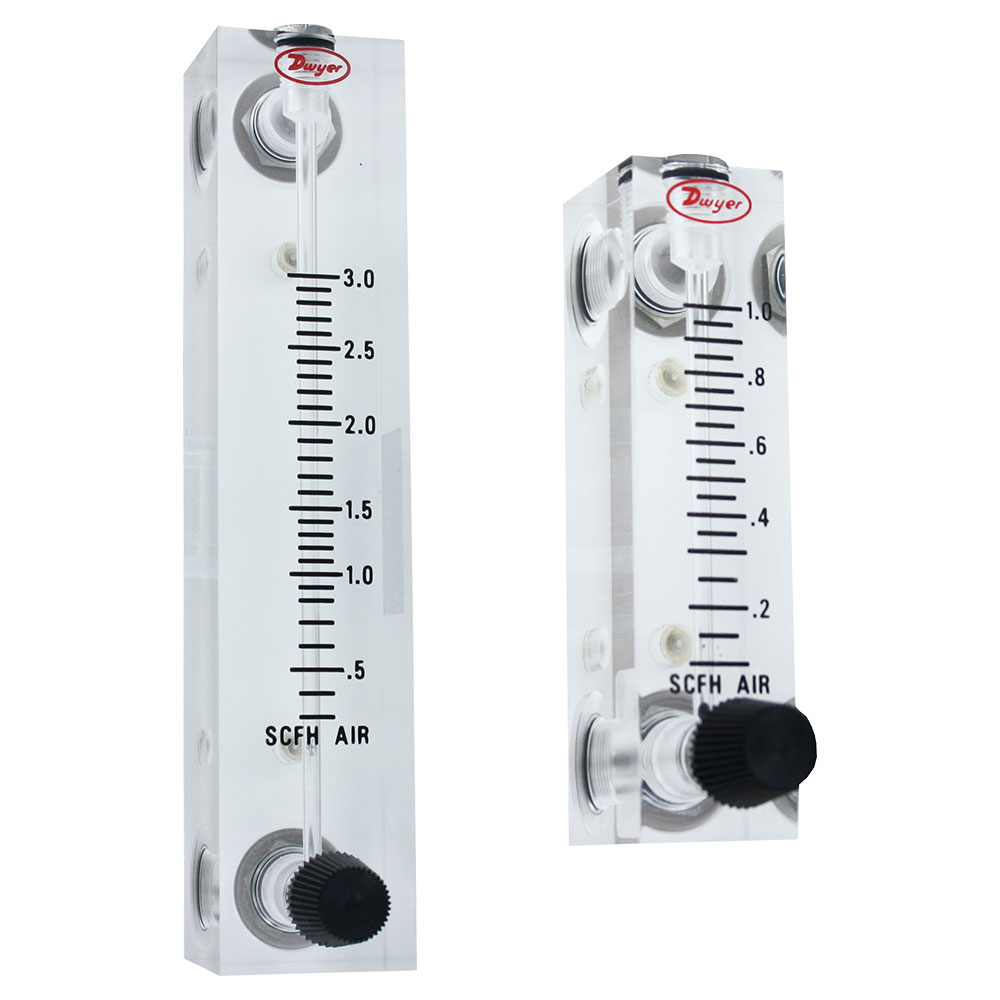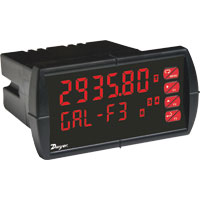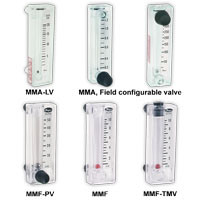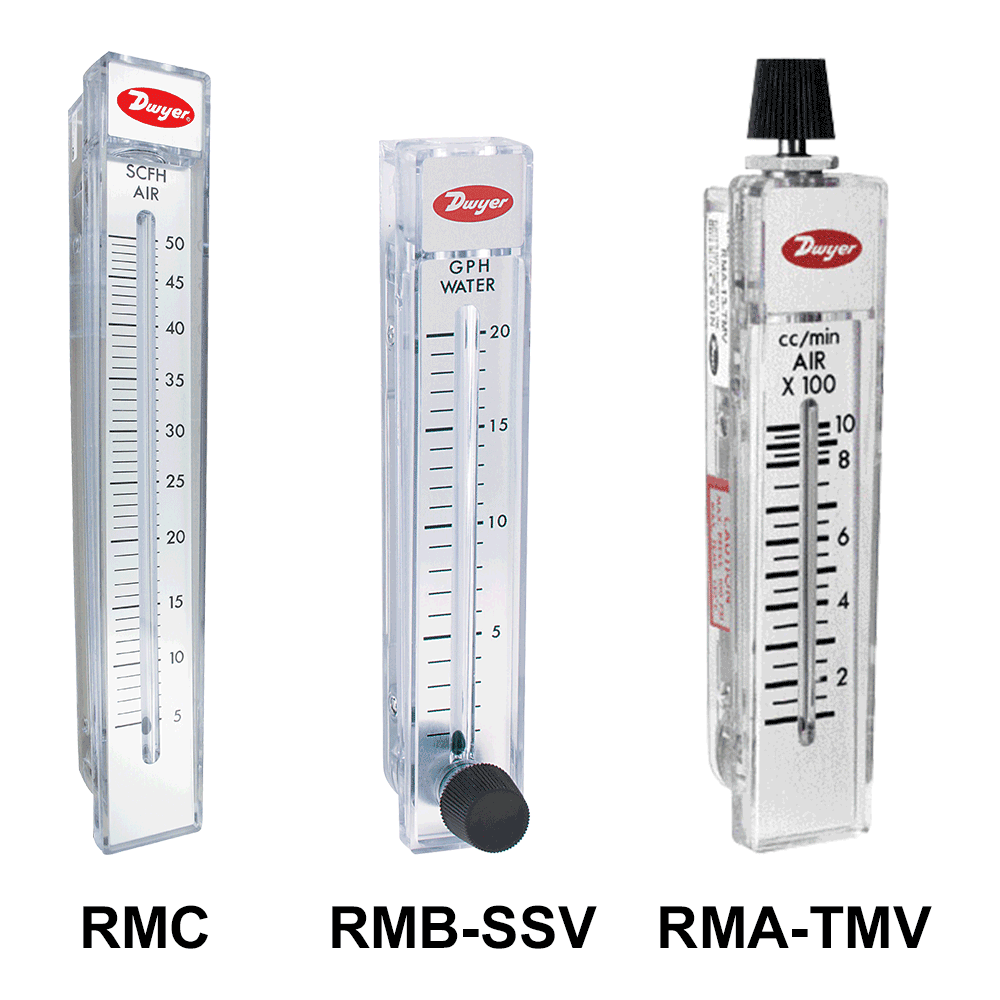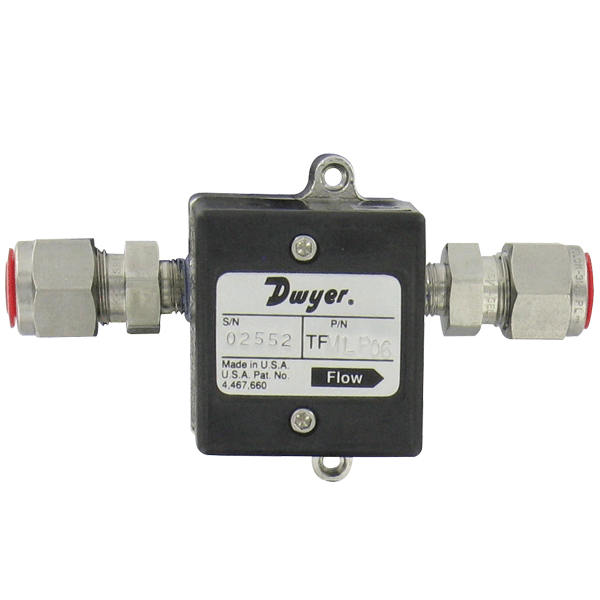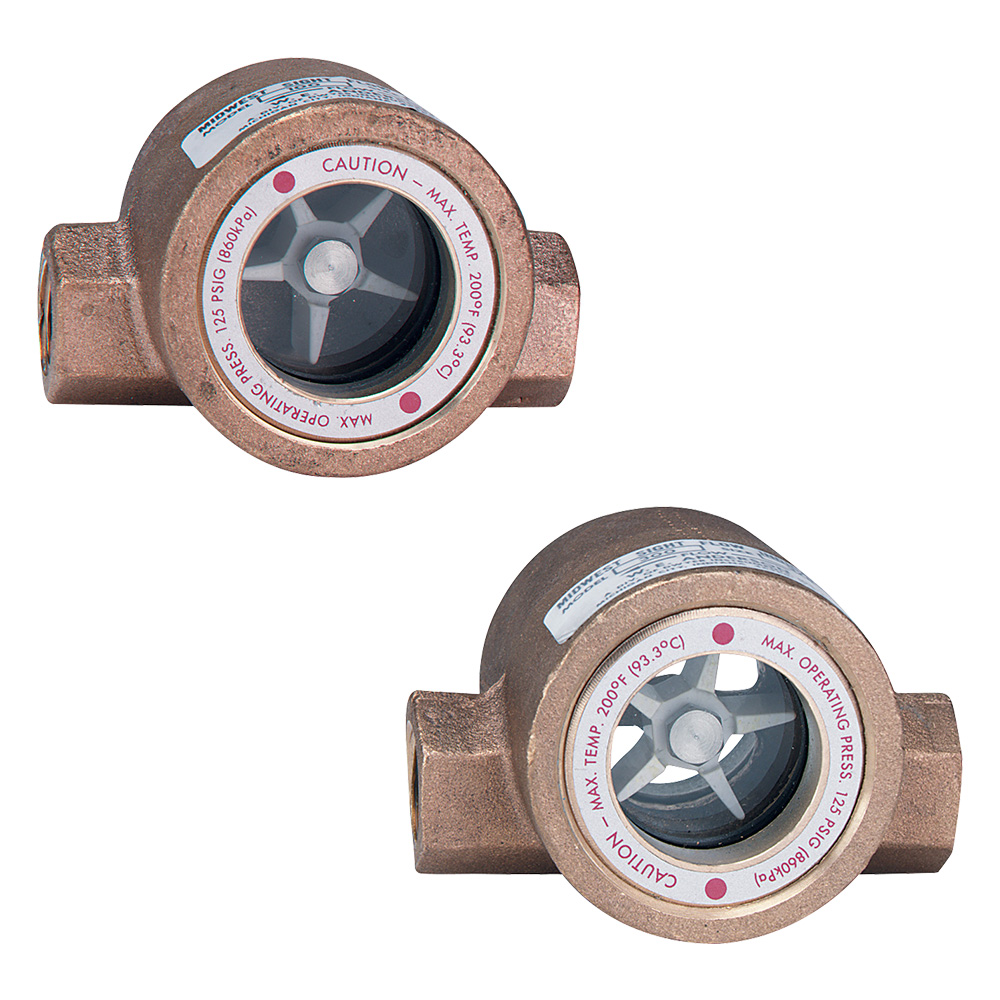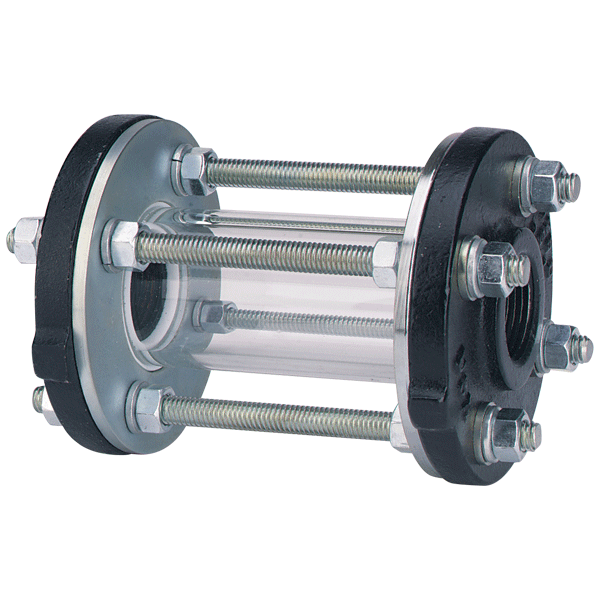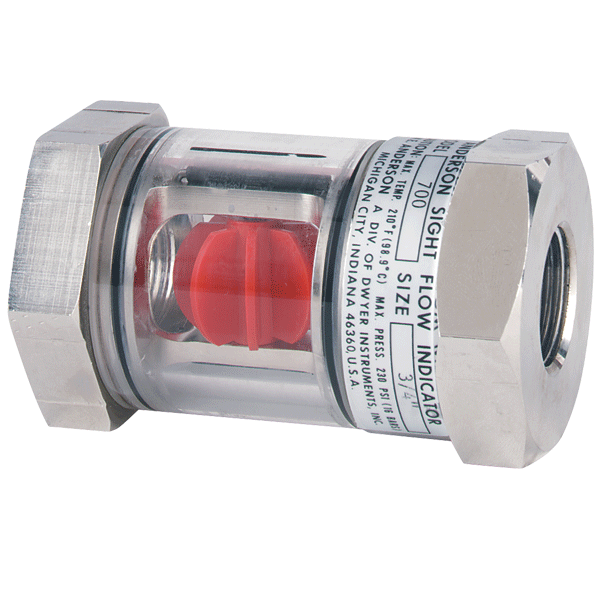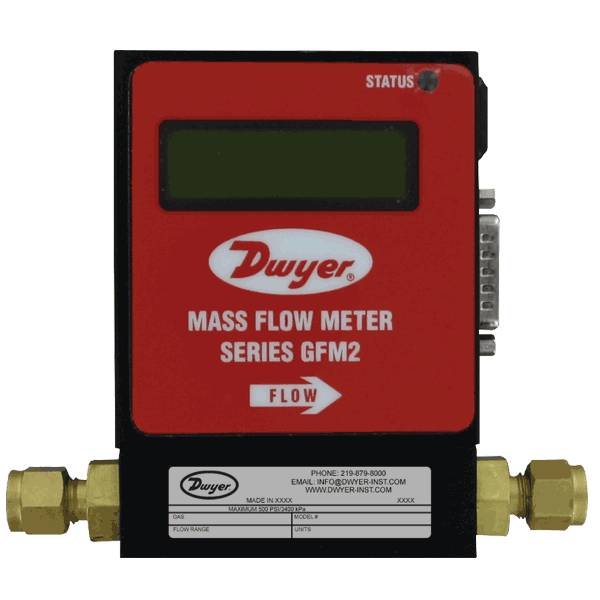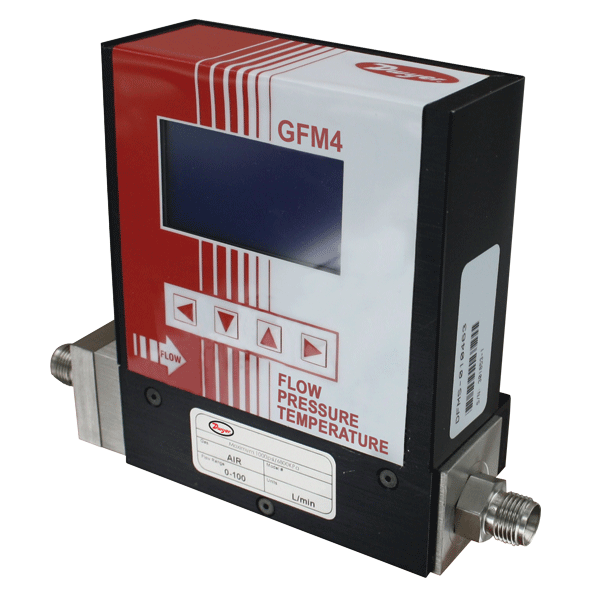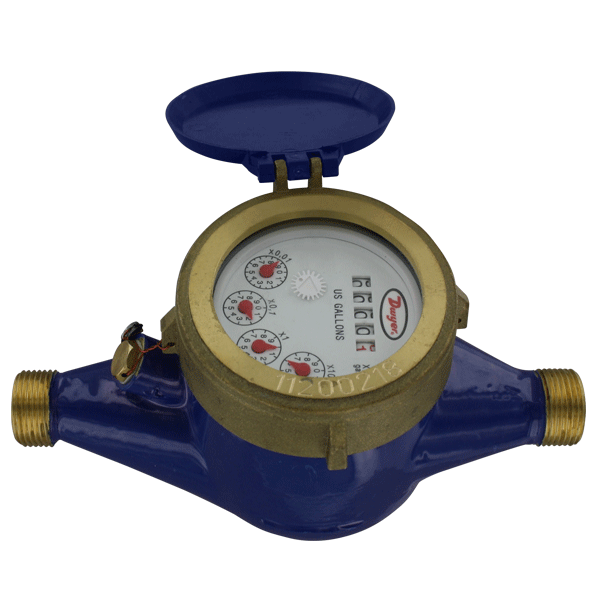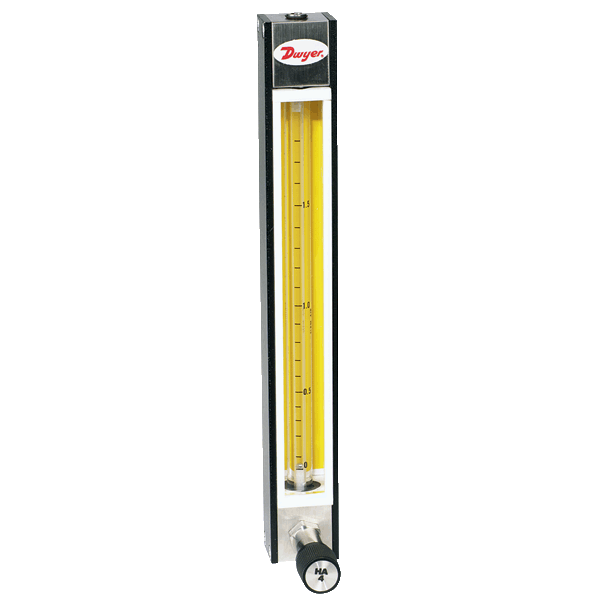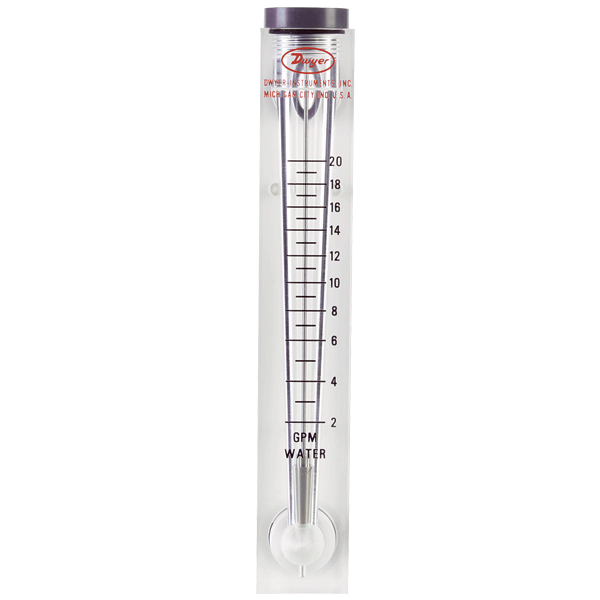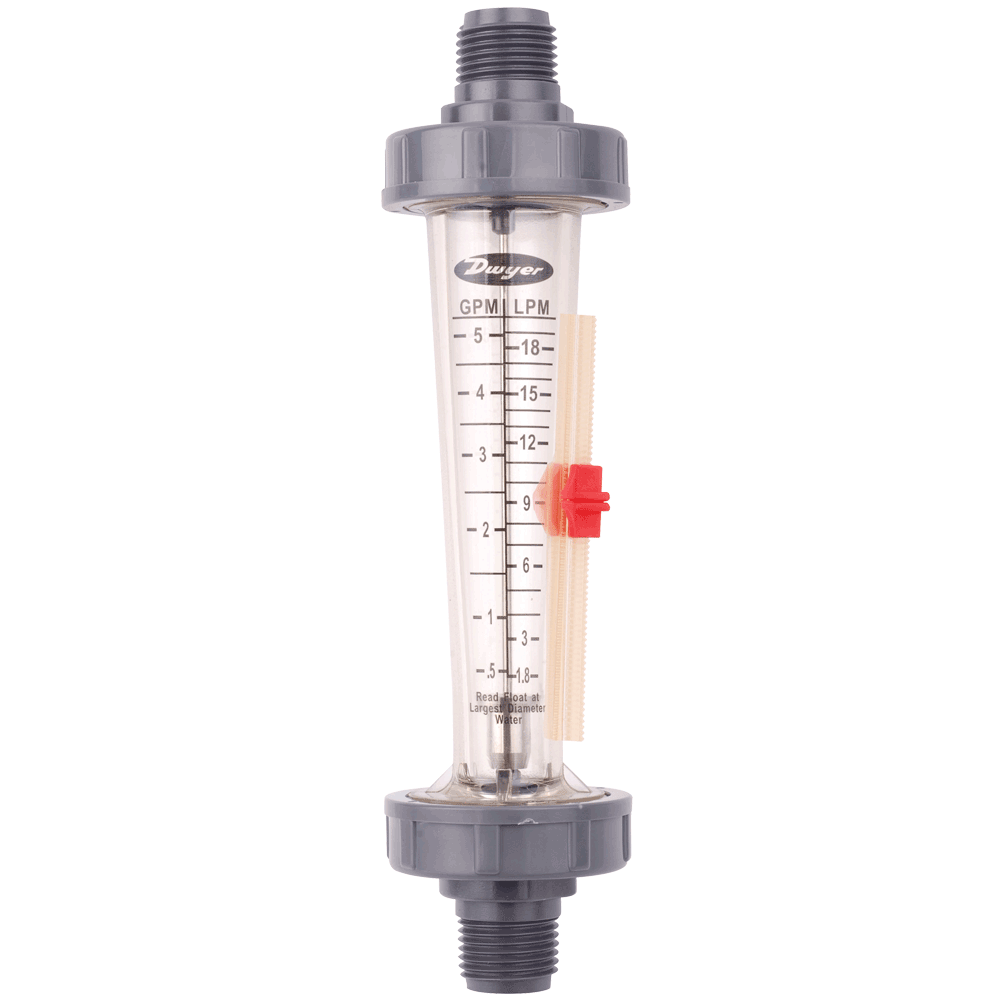Is the WNT water flow meter weather proof? Can it be installed outdoors?
i have a WMT2-A-C-03 water flow meter , so how do i change the pulse setting from 0.1 gal/pulse to 1 gal/pulse
I Need a variable area flowmeter that will work with hydrogen, will any of the poly bodied units like the RMA/B work, or do I need a glass vial?
Are metric versions of the WNT available?
I have a question about the Series 160 Pitot tube. I am wondering whether you can use this as a water flow measurement instead of air flow measurement. Best, Thanks
Would a UFM-1 and a PPM-100 be a good match to monitor and total domestic water usage for an apartment building? The UFM-1 would be able to be powered from the 24VAC output from the PPM-100, correct? Would the PPM-100 be able to interpret the pulse signal
What are wetted materials in following flow meter part numbers? Are they compatible with HCl? MMF-10-TMV MMF-10 MMF-2-TMV MMF-2 Is MMF available in 4or 5 SCFH full scale? What is ball material for these ranges above?
What is the calibration frequency, if required, for a RMB flowmeter?
I have a model V4 flow switch the Micro switch failed I replaced it. I reinstalled and couldn’t accurate switch. Attempted to set as sensitive as possible I couldn’t get it to actuate, I replaced the magnet with one from another unit it works fine! Where
I use the TFM-LP Series Flow Meters for some of my OEM project. I am using the Stainless Steel Model at this point because the unit is measuring deionized water, 18 meg ohm deionized water in a clean room environment. Can I use the TFP-LP model with Deion
What is the maximum flow rating on your Series V6 FLOTECT Flow switch?
Are your flowmeters (particularly the brass body models) RoHS compliant? Can you provide a statement to that effect?
Where is the date code or lot number located on the flowmeter Model RMA-3-SSV?
For the VFA-44-BV product, what is the minimum flow that I can reliably control with a pressure head of up to 4 bar? Will the needle valve function properly at that pressure/flow combination? Thank you.
I purchased 4 OP-F-3 orifice plates. I do not find a torque value in the IOM for our flanges. What should these be torqued to? We typically buy 2", 3", and 4" orifice plates and are seeking to standardize on Dwyer. When you provide torque valves include a
Will a DR4244 show an accurate measurement of flow with Methane or is there a converstion We need to use?
I see that the SFI-300 MIDWEST Sight Flow Indicator has a flow direction shown as an arrow. What will happen if water flows in the opposite direction? Will the rotating impeller rotate in both directions? I want to use the indicator on a wakeboard boat to
How many sensing points are there on a 6" DS-300 In-Line Flow Meter?
What is the difference between a Gas Mass Flow Meter to a Gas Mass Flow Controller?
I recently purchased an WM2-A-C-01, For my application the pipe is vertical with the water flowing downward. The instructions mention that it should be mounted horizontally. Is it ok to mount vertically?
Instruction Sheet specs on RM series flowmeters list 100 PSI max pressure, but have seen several RMC flowmeter labels with 35 PSI max pressure rating. Some clarification on pressure ratings please? Thank you.
We use 4 different VA flow controls, we have VA12418 (M) and VA12420 (H). We also have the same size but marked (L). What are the correct part numbers for the "L" and what does it mean?
I am looking to use an "Air" flowmeter RMA-6-SSV to monitor CO2 flow. I am wondering if there are are any concerns or correction factors I need to apply.
We have several VA Flowmeters. We are flowing Helium through them and need to know what the flow rate is for the actual helium based on the conversion rates to Air. Do we multiply or divide by 2.69?
Is a Dwyer Certificate of Conformance offered with any of the flowmeter models?
Which flowmeters are available with NIST traceability?
Are special ranges available for the Rate-Master® and/or Visi-Float® Flowmeter?
Is the Rate-Master® or Visi-Float® Flowmeter compatible with any media?
Why are top mounted valves recommended for flowmeters used for vacuum service?
What factor is used to correct for different flowmeter inlet pressure?
How are Dwyer flowmeters properly read?
